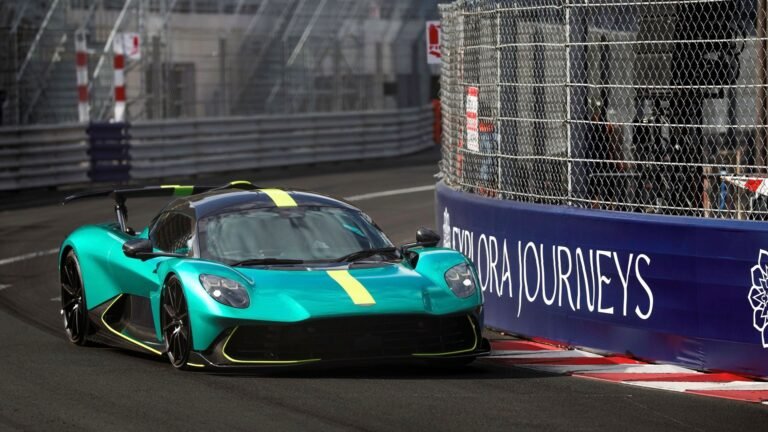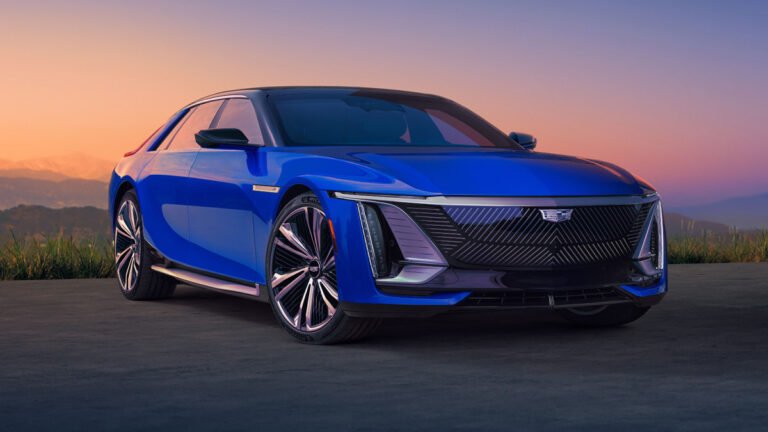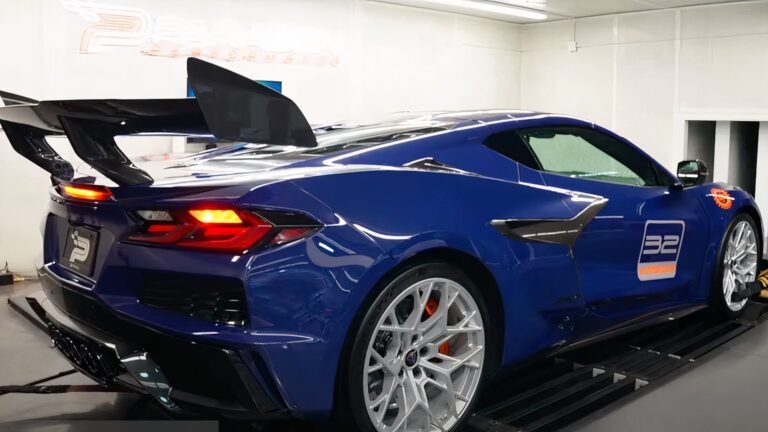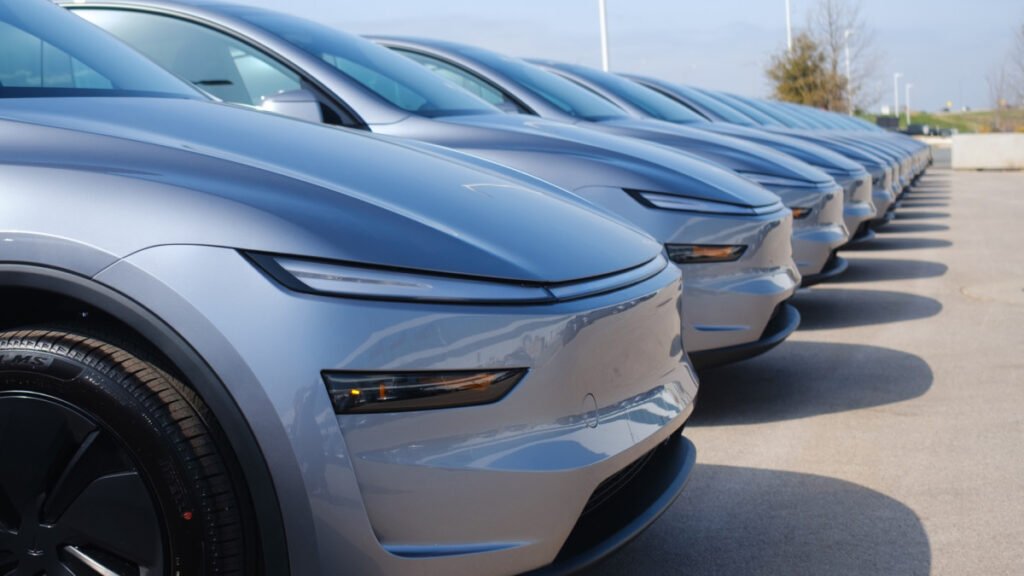
A few key updates amid Tesla’s robotaxi rollout
Tesla kicked off its new robotaxi service on June 22 with around a dozen Model Y SUVs, and Elon Musk said the launch was the culmination of a decade of hard work. The robotaxi pilot program, which is limited to Austin, Texas, is offering public rides for a flat fee of $4.20. According to Musk, Tesla built its robotaxi’s AI chip from scratch in-house, and the launch includes a human safety monitor riding in the passenger seat. These safety monitors have been viewed with a finger consistently on a door’s unlatch button, suggesting that the button was reprogrammed to function as an autonomous kill switch.
Last month, the NHTSA contacted Tesla requesting answers to an extensive list of inquiries by June 19 regarding its robotaxi, including how the self-driving tech performs in low-visibility conditions. Late last week, the NHTSA noted that Tesla had responded and that the agency is reviewing its answers. The NHTSA added that it will update Tesla’s public file after its review, but according to Electrek, Tesla has asked the agency to withhold its responses.
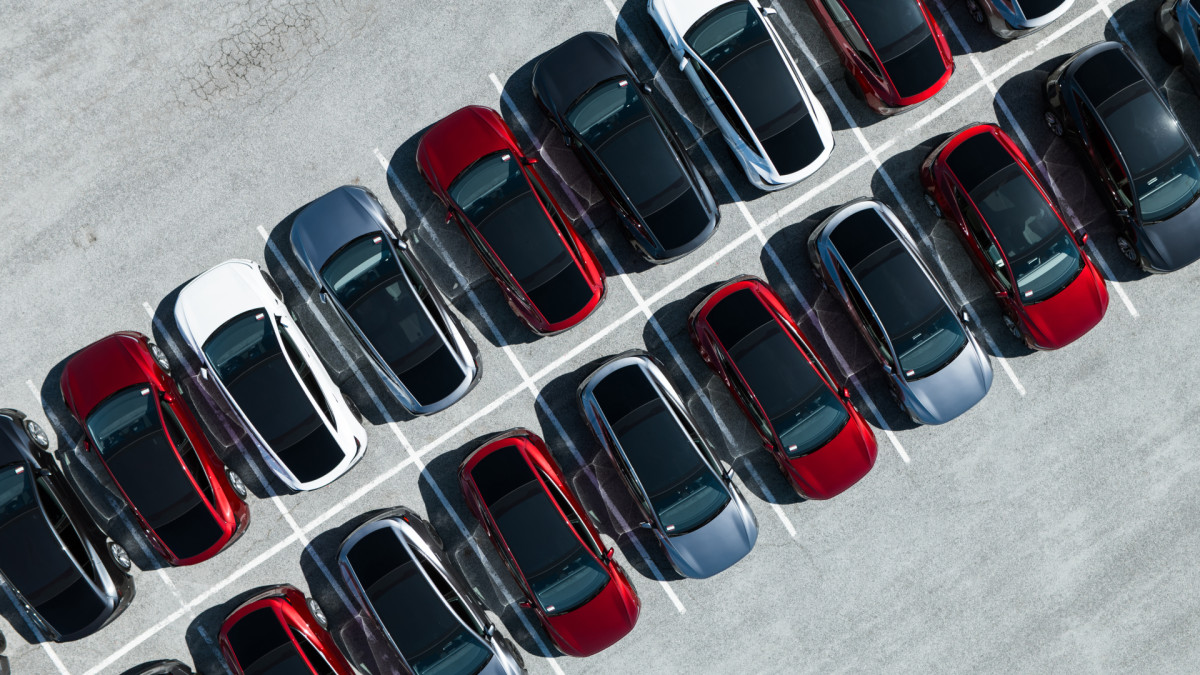
Tesla’s robotaxi raises safety red flags during first week
While Tesla currently has a human monitor within the robotaxis and has emphasized its commitment to maintaining safety, the NHTSA has again contacted the automaker for additional information after reports of questionable autonomous driving behavior surfaced during the Austin launch. A video posted by a Tesla robotaxi passenger on X, formerly Twitter, appears to show one of the company’s self-driving rideshare vehicles crossing a double yellow line, placing it on the wrong side of the road at about the clip’s 7:16 mark. A separate vehicle can be heard beeping as the robotaxi re-entered its lane, but it’s unclear whether this horn was directed toward the self-driving Tesla. Another video seems to show a Tesla robotaxi abruptly stopping in the middle of an intersection as it passes a police car.

Tesla
Assuming Tesla doesn’t get held up by the NHTSA’s investigation and its launch proves successful over a sustained period, the automaker now faces the challenge of meeting Elon Musk’s ambitious scaling goal. Musk stated that he expects millions of Tesla robotaxis to be on the roads by the end of 2026. While Tesla has scaling advantages that robotaxi leader Waymo doesn’t, such as mass-manufacturing capacity and a simpler self-driving design that doesn’t utilize radar or LiDAR, Waymo’s work dates back to 2009.
Since 2009, Waymo has built 1,500 robotaxis and plans on adding 2,000 more by the end of 2026. Amazon-backed Zoox also recently announced the opening of its first large-scale robotaxi production facility in Hayward, California—a 220,000-square-foot site capable of assembling more than 10,000 vehicles per year at full capacity. Autoblog contacted Tesla to comment on its interactions with the NHTSA regarding its robotaxi, but didn’t receive a response.
Final thoughts
It appears that scaling is the most significant challenge that Tesla’s robotaxi faces on its path to success. The automaker will need time to test its pilot program and make necessary refinements, which could take years instead of Musk’s goal of having millions on the roads by the end of 2026. Regarding the NHTSA, the worst-case scenario is that Tesla will have to recall its robotaxi tech or suspend the service until the agency is confident that issues have been addressed.
